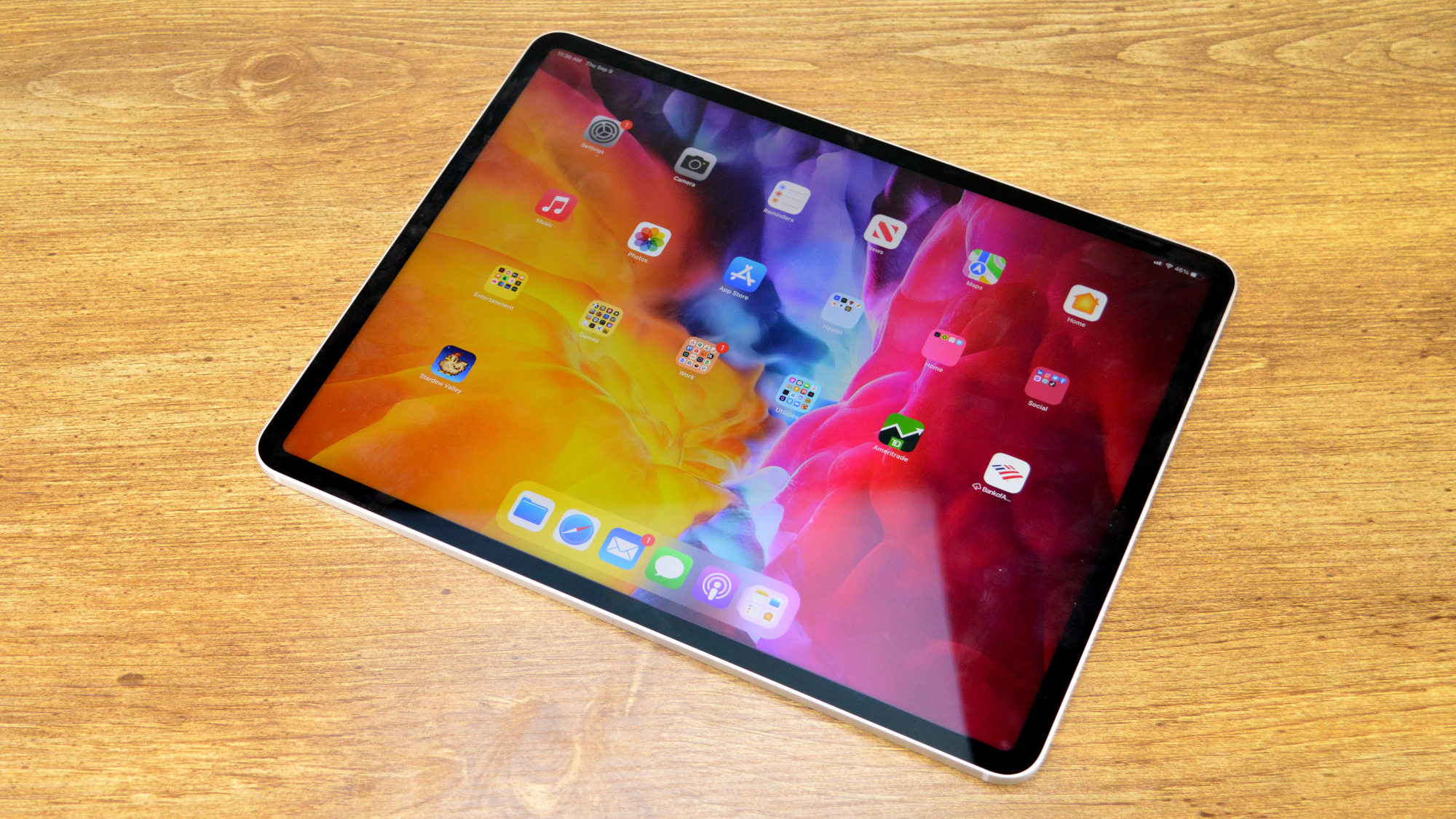The iPhone X was Apple’s first iPhone model to make the switch to OLED screens in 2017, and the company needed three more years to transition all iPhone flagships to OLED panels. Since the iPhone 12, all four iPhones that launch each September feature all-screen designs based on flexible OLED displays. Most iPads are still on LCD screen tech, with one odd exception. The 12.9-inch iPad Pro doesn’t have an OLED panel, featuring a mini-LED screen instead.
DON’T MISS: How to get FREE MONEY from Amazon for Prime Early Access Sale 2022
Reports in the past few years claimed that Apple is also looking to equip its iPads with OLED screens. The newest rumor says that Apple wants to use a different type of OLED panel for tablets than what’s available on iPhones.
Per Digitimes (via MacRumors), Apple is working on hybrid OLED panel technology that could debut with the 2024 iPad. The hybrid OLED screens might let Apple create slimmer devices, but that’s not the only benefit.
The hybrid screens are thinner than rigid OLED panels. They combined the rigid OLED glass substrates with flexible OLED thin-film encapsulation.
Hybrid OLED screens have lower production costs, another perk Apple might be interested in, especially considering the current economy. The process is cheaper than flexible OLEDs as the screens do not require a backlighting layer.
But the real reason Apple might want to go hybrid OLED on iPad concerns user experience. A report from Korean-language The Elec said a few months ago that Apple prefers hybrid OLED over flexible screens on iPads because of how these screens look.

Flexible OLED panels might “crumple,” ending with a wrinkled look. The effect isn’t as visible on smaller displays like the ones Apple uses for the iPhone. But iPads need much larger screens, and that’s where customers might notice the effect.
That report also indicated that Apple will start using OLED screens on iPads in 2024. As expected, the technology needs more time to mature.
The Digitimes report focused on a Taiwanese company becoming an Apple supplier for the first time. Taiwan Surface Mounting Technology (Taiwan SMT) will manufacture parts for Apple’s mini-LED screens that go into the iPad Pro and MacBook Pro.
Even with the seemingly imminent arrival of iPads (and MacBooks?) with OLED panels, Apple will still rely on mini-LED screens.
The report claims that Apple will continue to use mini-LED technology until the hybrid OLED tech for iPads is ready for mass deployment.
Apple will soon unveil new iPads and MacBook models. The 12.9-inch iPad Pro and the M2 MacBook Pro models should feature mini-LED panels like their predecessors.
More Apple coverage: Check out the best Apple deals online right now.








